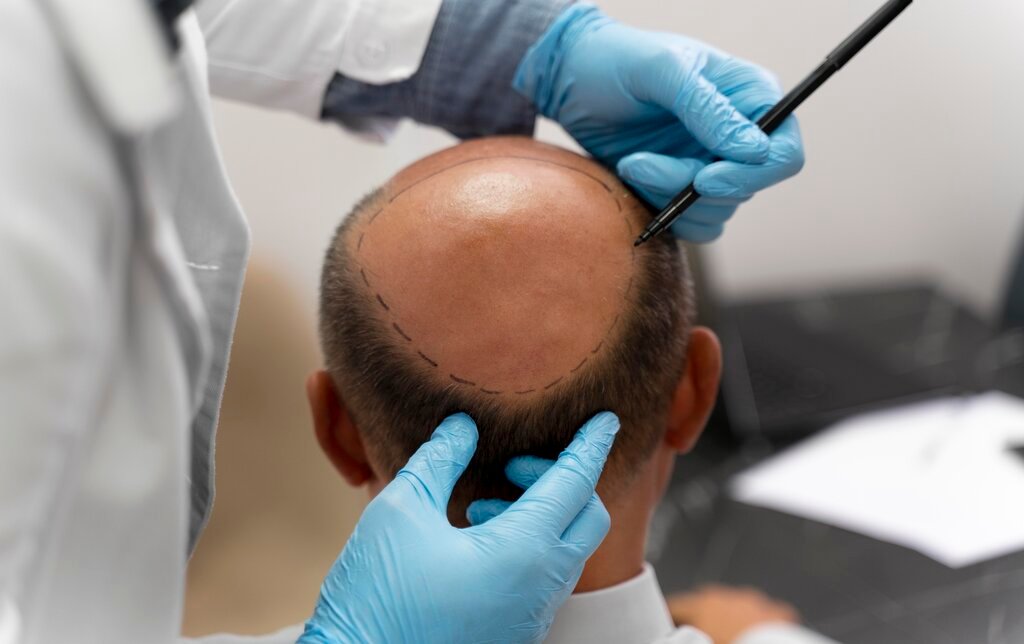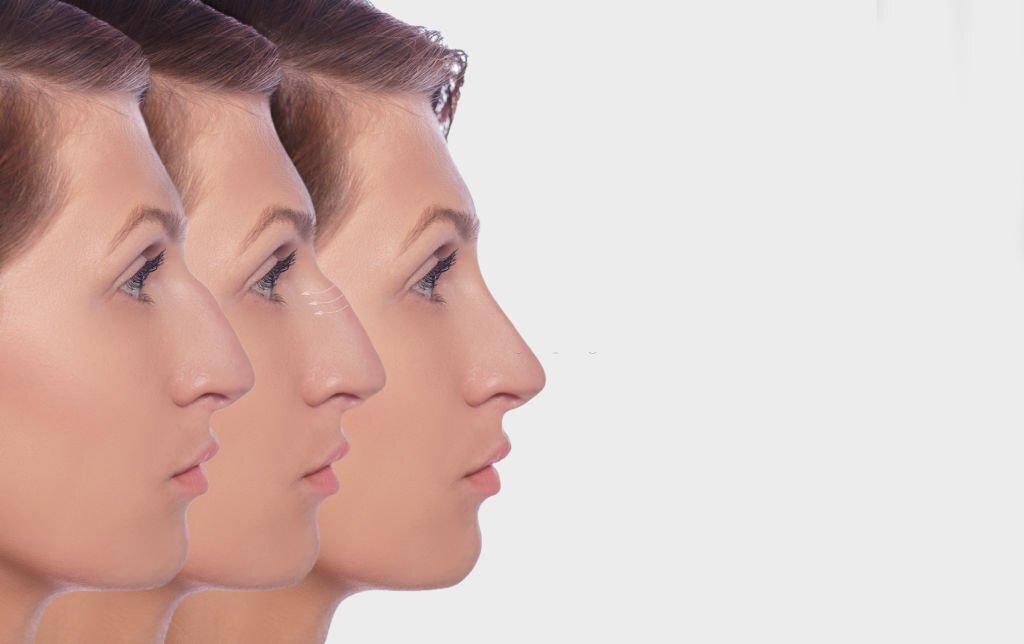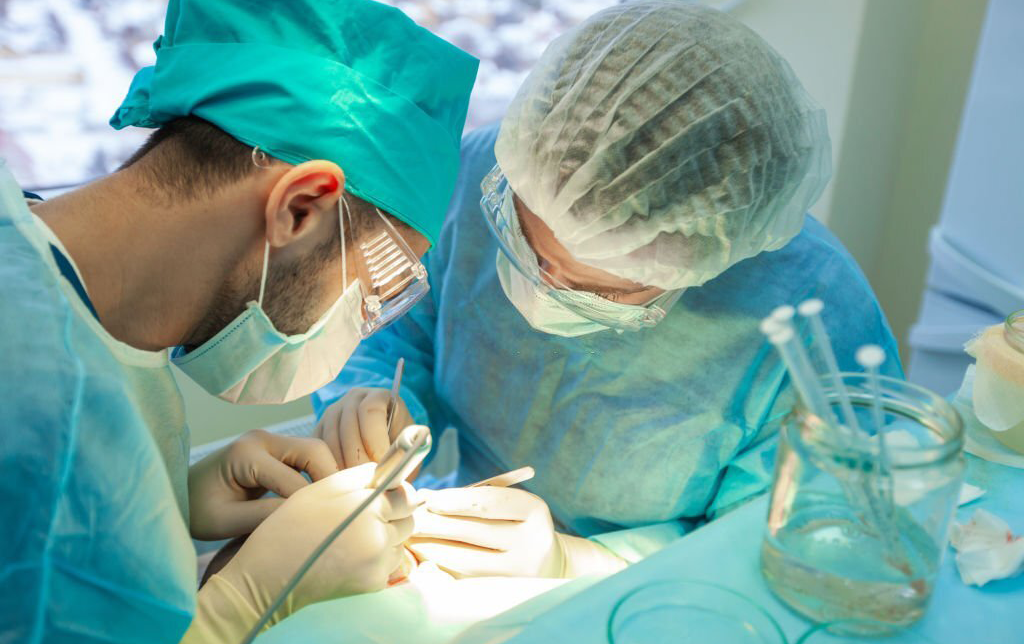Blogs

Hair Treatment: Restoring Confidence and Beauty
Hair has held significant cosmetic importance for both men and women since ancient times. Throughout history, various cultures have associated hair with beauty, vitality, and social status. Consequently, hair loss can be a distressing experience, impacting self-esteem, confidence, and social interactions. This comprehensive guide explores the various solutions available to address hair loss, including both medical and surgical treatments. By understanding these options, individuals can make informed decisions to restore their hair and confidence.
Understanding Hair Loss
Hair loss, or alopecia, can manifest in different forms, each with unique patterns and underlying causes. The most common types are androgenic alopecia and diffuse hair loss.
Androgenic Alopecia
Androgenic alopecia, also known as male or female pattern baldness, is characterized by a predictable pattern of hair thinning or balding. In men, it typically begins with a receding hairline and thinning at the crown, leading to partial or complete baldness. Women experience a diffuse thinning over the crown while maintaining the frontal hairline. This condition is primarily driven by genetic factors and hormonal imbalances, particularly the effects of dihydrotestosterone (DHT) on hair follicles.
Diffuse Hair Loss
Diffuse hair loss presents as a uniform thinning across the entire scalp without specific patterns. It can result from various factors, including nutritional deficiencies, stress, hormonal changes, medical conditions, and certain medications. Unlike androgenic alopecia, diffuse hair loss affects the overall density of hair rather than specific areas.
Medical Treatments for Hair Loss
Medical treatments for hair loss aim to slow down the progression of hair loss, stimulate regrowth, or both. These treatments are often the first line of defense and can be highly effective for many individuals.
Topical Treatments
Minoxidil:
Minoxidil is a widely used topical medication available over the counter in various strengths. It works by stimulating hair follicles and prolonging the growth phase of the hair cycle. Applied directly to the scalp, minoxidil can help reduce hair thinning and promote regrowth. It is suitable for both men and women and is often recommended for androgenic alopecia.
Ketoconazole:
Ketoconazole is an antifungal medication available in shampoo form. While primarily used to treat fungal infections, ketoconazole has been found to have anti-androgenic properties that may help reduce hair loss caused by androgenic alopecia. Regular use of ketoconazole shampoo can improve scalp health and potentially enhance hair density.
Oral Medications
Finasteride:
Finasteride is an oral medication approved for the treatment of male pattern baldness. It works by inhibiting the enzyme 5-alpha-reductase, which converts testosterone to DHT. By reducing DHT levels, finasteride helps prevent hair follicle miniaturization and promotes hair regrowth. However, it is not recommended for women and may have potential side effects such as decreased libido and erectile dysfunction.
Spironolactone:
Spironolactone is an oral medication with anti-androgenic properties commonly used to treat female pattern baldness. It helps reduce the effects of androgens on hair follicles, slowing down hair loss and promoting regrowth. Spironolactone is particularly beneficial for women with hormonal imbalances, such as polycystic ovary syndrome (PCOS).
Other Medical Treatments
Platelet-Rich Plasma (PRP) Therapy:
PRP therapy involves drawing a small amount of the patient’s blood, processing it to concentrate the platelets, and injecting the platelet-rich plasma into the scalp. Platelets contain growth factors that stimulate hair follicles and promote healing. PRP therapy can improve hair density and quality and is often used in conjunction with other treatments.
Low-Level Laser Therapy (LLLT):
LLLT is a non-invasive treatment that uses red light to stimulate hair follicles and improve hair growth. It is believed to increase blood flow to the scalp and enhance cellular activity in hair follicles. LLLT devices, such as laser combs and helmets, are available for home use and can be an effective adjunct to other treatments.
Surgical Treatments for Hair Loss
For individuals with advanced hair loss or those who do not respond to medical treatments, surgical interventions can provide a more permanent solution. Hair transplant surgery is the most common surgical treatment for hair loss.
Follicular Unit Transplantation (FUT)
FUT, also known as the strip method, involves removing a strip of scalp from the donor area (usually the back of the head) and dissecting it into individual follicular units. These units are then transplanted into the balding or thinning areas of the scalp. FUT allows for the transplantation of a large number of grafts in a single session, making it suitable for extensive hair loss. However, it leaves a linear scar at the donor site, which may be noticeable if the hair is worn short.
Follicular Unit Extraction (FUE)
FUE is a minimally invasive hair transplant technique that involves extracting individual follicular units directly from the donor area using a small punch tool. These units are then transplanted into the recipient areas. FUE does not leave a linear scar and allows for quicker recovery compared to FUT. It is suitable for individuals who prefer to wear their hair short and those with a limited donor area. However, FUE can be more time-consuming and may require multiple sessions for extensive hair loss.
Seeking Professional Guidance
Hair loss can be caused by various factors, making it essential for individuals to seek guidance from healthcare professionals. A thorough evaluation by a dermatologist or a hair restoration specialist can help identify the underlying cause of hair loss and determine the most suitable treatment options. This evaluation may include a detailed medical history, physical examination, blood tests, and scalp biopsy if necessary.
Effectiveness and Considerations
It is important to note that the effectiveness of hair loss treatments can vary from person to person. Factors such as the extent of hair loss, underlying health conditions, and individual response to treatment play a significant role in determining outcomes. While some individuals may experience significant improvement with medical treatments alone, others may require surgical intervention for optimal results.
Hair loss is a significant concern for many individuals, impacting their confidence and self-image. Understanding the available medical and surgical treatments can help individuals make informed decisions to address their hair loss and restore their confidence. Whether through topical treatments, oral medications, PRP therapy, LLLT, or hair transplant surgery, there are effective solutions to help individuals regain their hair and their sense of self. Seeking professional guidance and exploring suitable treatment options tailored to individual needs is the first step toward achieving healthier, fuller hair.
Popular Posts

Nose Surgery (Rhinoplasty)
Nose reshaping (rhinoplasty or a "nose job") is an operation to change the shape or size of the nose...

Best Hair Transplant Doctor In Nagpur Location
Saundarya City Uses Modern techniques have enabled advanced methods for surgical hair transplants that can help restore lost hair...



 Book an Appointment
Book an Appointment